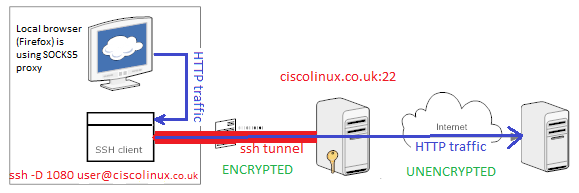Some IT technician words can make confuse and provide misunderstanding therefore please read the list below to be familiar with these expressions:
- Adware – if you have this type of programme loaded onto your computer, you will start getting pop-ups even when you’re not online! If you click on the pop-up it will take you to a specific web site where you will be encouraged to enter your credit card details. Typically these are scames, so our advice is to never buy anything using pop-ups that just appear on your screen.

